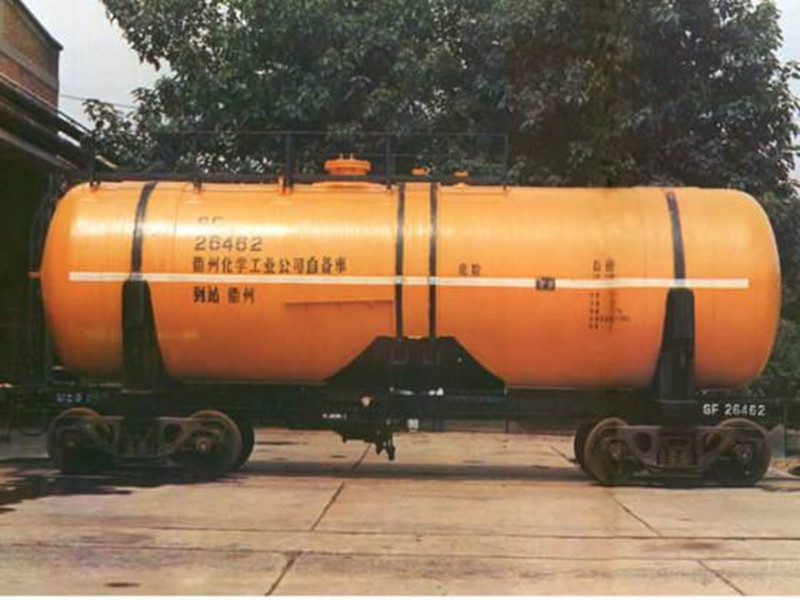
-
 Afrikaans
Afrikaans -
 Albanian
Albanian -
 Amharic
Amharic -
 Arabic
Arabic -
 Armenian
Armenian -
 Azerbaijani
Azerbaijani -
 Basque
Basque -
 Belarusian
Belarusian -
 Bengali
Bengali -
 Bosnian
Bosnian -
 Bulgarian
Bulgarian -
 Catalan
Catalan -
 Cebuano
Cebuano -
 China
China -
 China (Taiwan)
China (Taiwan) -
 Corsican
Corsican -
 Croatian
Croatian -
 Czech
Czech -
 Danish
Danish -
 Dutch
Dutch -
 English
English -
 Esperanto
Esperanto -
 Estonian
Estonian -
 Finnish
Finnish -
 French
French -
 Frisian
Frisian -
 Galician
Galician -
 Georgian
Georgian -
 German
German -
 Greek
Greek -
 Gujarati
Gujarati -
 Haitian Creole
Haitian Creole -
 hausa
hausa -
 hawaiian
hawaiian -
 Hebrew
Hebrew -
 Hindi
Hindi -
 Miao
Miao -
 Hungarian
Hungarian -
 Icelandic
Icelandic -
 igbo
igbo -
 Indonesian
Indonesian -
 irish
irish -
 Italian
Italian -
 Japanese
Japanese -
 Javanese
Javanese -
 Kannada
Kannada -
 kazakh
kazakh -
 Khmer
Khmer -
 Rwandese
Rwandese -
 Korean
Korean -
 Kurdish
Kurdish -
 Kyrgyz
Kyrgyz -
 Lao
Lao -
 Latin
Latin -
 Latvian
Latvian -
 Lithuanian
Lithuanian -
 Luxembourgish
Luxembourgish -
 Macedonian
Macedonian -
 Malgashi
Malgashi -
 Malay
Malay -
 Malayalam
Malayalam -
 Maltese
Maltese -
 Maori
Maori -
 Marathi
Marathi -
 Mongolian
Mongolian -
 Myanmar
Myanmar -
 Nepali
Nepali -
 Norwegian
Norwegian -
 Norwegian
Norwegian -
 Occitan
Occitan -
 Pashto
Pashto -
 Persian
Persian -
 Polish
Polish -
 Portuguese
Portuguese -
 Punjabi
Punjabi -
 Romanian
Romanian -
 Russian
Russian -
 Samoan
Samoan -
 Scottish Gaelic
Scottish Gaelic -
 Serbian
Serbian -
 Sesotho
Sesotho -
 Shona
Shona -
 Sindhi
Sindhi -
 Sinhala
Sinhala -
 Slovak
Slovak -
 Slovenian
Slovenian -
 Somali
Somali -
 Spanish
Spanish -
 Sundanese
Sundanese -
 Swahili
Swahili -
 Swedish
Swedish -
 Tagalog
Tagalog -
 Tajik
Tajik -
 Tamil
Tamil -
 Tatar
Tatar -
 Telugu
Telugu -
 Thai
Thai -
 Turkish
Turkish -
 Turkmen
Turkmen -
 Ukrainian
Ukrainian -
 Urdu
Urdu -
 Uighur
Uighur -
 Uzbek
Uzbek -
 Vietnamese
Vietnamese -
 Welsh
Welsh -
 Bantu
Bantu -
 Yiddish
Yiddish -
 Yoruba
Yoruba -
 Zulu
Zulu
Exploring PVC and FRP Pipe Solutions for Modern Construction Needs
The Advantages of PVC and FRP Pipes in Modern Applications
In the ever-evolving realm of construction and infrastructure, the choice of materials plays a pivotal role in determining the longevity, efficiency, and sustainability of a project. Among the various materials available, PVC (Polyvinyl Chloride) and FRP (Fiber Reinforced Plastic) pipes have gained significant traction due to their distinctive characteristics and advantages. This article delves into the key benefits of using PVC and FRP pipes and their common applications in various industries.
Understanding PVC and FRP Pipes
PVC pipes, a staple in plumbing and drainage systems, are synthetic plastic polymers made from the polymerization of vinyl chloride. Renowned for their excellent resistance to corrosion, chemicals, and moisture, PVC is an ideal choice for both residential and industrial applications. Conversely, FRP pipes are composite materials made by embedding fibers (usually glass or carbon) in a resin matrix, resulting in a lightweight yet strong product. FRP pipes are especially favored for their high strength-to-weight ratio, corrosion resistance, and design flexibility.
Key Advantages of PVC Pipes
1. Durability and Longevity PVC pipes are highly resistant to rust, corrosion, and chemical damage. This durability ensures a long service life with minimal maintenance, making them a cost-effective option over time.
2. Cost-Effectiveness Compared to traditional materials like metal or concrete, PVC pipes are generally more affordable. Their lightweight nature reduces transportation costs and makes installation easier.
3. Ease of Installation PVC pipes can be easily cut, joined, and manipulated without the need for specialized tools. This simplicity in installation helps reduce labor costs and construction time.
4. Non-Toxicity PVC is safe for potable water applications, ensuring that it does not leach harmful chemicals into drinking water. This attribute is critical for residential and community water supply systems.
Key Advantages of FRP Pipes
1. High Strength and Low Weight One of the most remarkable features of FRP pipes is their exceptional strength combined with a lightweight structure. This characteristic allows for easier handling and installation without compromising structural integrity.
pvc frp pipe

2. Superior Corrosion Resistance FRP pipes are highly resistant to corrosive fluids and harsh environmental conditions. This resistance is particularly beneficial in chemical processing and wastewater treatment facilities.
3. Design Flexibility The manufacturing process of FRP allows for various design configurations, making it possible to create custom shapes and dimensions tailored to specific project requirements.
4. Thermal and Electrical Insulation FRP pipes offer excellent thermal insulation and resist electrical conductivity, making them ideal for use in environments sensitive to heat and electricity.
Common Applications
PVC and FRP pipes can be found in a wide array of applications across various industries
1. Water Supply Systems Both materials are commonly used in municipal water supply and sewage systems due to their reliability and durability.
2. Agriculture PVC pipes are widely employed for irrigation systems, providing efficient water delivery to crops. In contrast, FRP pipes are used for chemical irrigation and fertilizer application systems due to their corrosion resistance.
3. Industrial Uses The chemical, oil, and gas industries often utilize FRP pipes in refineries and processing plants to transport aggressive substances safely.
4. Construction PVC pipes are often used in construction for drainage and venting systems, while FRP pipes are employed in structural applications where high strength is required.
Conclusion
In conclusion, the use of PVC and FRP pipes represents a significant advancement in modern infrastructure and construction. Their unique properties offer numerous advantages over traditional materials, making them indispensable in various applications. As industries continue to seek sustainable and cost-effective solutions, the popularity of PVC and FRP pipes is likely to grow, paving the way for more innovative uses and improvements in infrastructure efficiency. Embracing these materials not only benefits specific projects but also contributes to a more sustainable future in construction and engineering.









